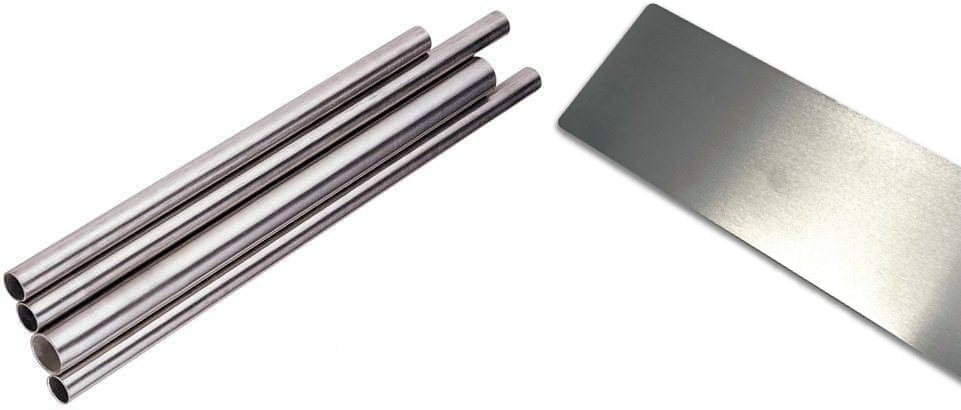Activated Carbon Removal of Contaminants in Drinking Water
Contaminants in water, especially organic contaminants and chlorinated disinfection by-products, not only exist in water for a long time, but these substances can have a certain degree of carcinogenic effect on humans and affect human health.
From the early 1970s, the U.S. Environmental Protection Agency (EPA) in tap water was the first to find organic chemical contaminants, people are increasingly concerned about the potential health hazards of organic contaminants in drinking water. The world has been determined in the water 2221 kinds of organic chemical contaminants, of which 765 exist in tap water, 20 kinds have been identified as carcinogenic substances, 23 kinds of suspected carcinogens; 18 kinds of carcinogens; 56 kinds of mutagenic substances.
The organic pollution of drinking water has become a serious environmental problem, and scholars at home and abroad have done a lot of research work on it. The requirements of activated carbon are also very strict.

Removal of residual chlorine from tap water by activated carbon
Chlorine is currently the most widely used disinfectant, as an effective means of sterilization, inexpensive, effective and easy to operate, currently used by more than 80% of the world's water plants. Therefore, a certain amount of residual chlorine must be maintained in municipal tap water to ensure the safety of microbiological indicators of drinking water. When chlorine reacts with organic acids, it produces many carcinogenic by-products, such as trichloromethane. Chlorine is effective in killing bacterial cells and, likewise, has serious effects on the cells of other organisms and human cells. More than a certain amount of chlorine, it will produce a lot of harm to the human body, and with an unpleasant smell, commonly known as "bleach taste.
Recommended article:Understanding the Versatility of HPMC: Applications and Benefits
What is pigment powder and how is it used?
Ethylene Glycol Diacetate: Properties, Applications, and Safety Considerations
The Versatility and Convenience of Spray Adhesive: A Sticky Solution for Various Applications
Sulfonyl Halides: Versatile Compounds in Organic Chemistry
1-Chlorooctane: A Prominent Alkyl Halide in Organic Synthesis
Can Water Resistant White Powder MHEC Revolutionize Construction Materials?
Expert research found that the tap water bath for ten minutes, the total amount of chlorine in the bathroom, forty percent is inhaled through the respiratory tract, thirty percent is absorbed by the skin. It can be seen in the closed air, through breathing or skin inhalation of chlorine content is quite amazing. These are absorbed by the skin of the chlorine, the light will hurt the skin, making the skin rough or even itchy. In serious cases, it can cause the decline of human physiological functions and increase the incidence of cancer over time.
In the process of preparing pure water and drinking water, activated carbon has become an indispensable means to remove residual chlorine, which has the characteristics of high removal efficiency, no secondary pollution, and can remove organic matter in water at the same time. The adsorption of residual chlorine by activated carbon depends mainly on the adsorption capacity and adsorption rate, both of which are indispensable; it is required to obtain a high adsorption amount in a short contact time, i.e., a high adsorption rate, rather than simply emphasizing the size of the adsorption capacity.
Activated carbon for bromate removal from drinking water
Bromate is a disinfection byproduct of ozonation of raw water containing bromine ions, and is a Class 2B potential carcinogen. According to the national standard GB 8537-2008, the mass concentration limit of bromate is 10 μg/L.
According to the results of a survey, before the implementation of GB 8537-2008 in October 2009, China's mineral water has bromate exceeded the standard, from 59 enterprises of 520 mineral water finished water, bromate exceeded the standard rate of 42.12 %; and one year after the implementation of GB 8537-2008, the The implementation of GB 8537-2008 makes the bromate exceedance phenomenon to a certain extent, but there are still there.
Therefore, with the increase in the treatment of China's water plants, ozone bio-activated carbon process more widely promoted, as well as the rapid development of bottled drinking water, barrel drinking water industry, coupled with the complexity of water quality, drinking water bromate problem is an urgent problem to be solved.
HPMC for Tile Adhesive
Daily Chemical Detergent Grade HPMC Cellulose: Enhancing Performance and Sustainability
What is lithium aluminium deuteride?
What is Oxytetracycline Hydrochloride Used For?
What is sodium sulfide used for?
What is Hydroxy Ethyl Cellulose?
Aminophylline: Unveiling the Benefits and Uses of a Powerful Medication
Related Articles









Comments
0